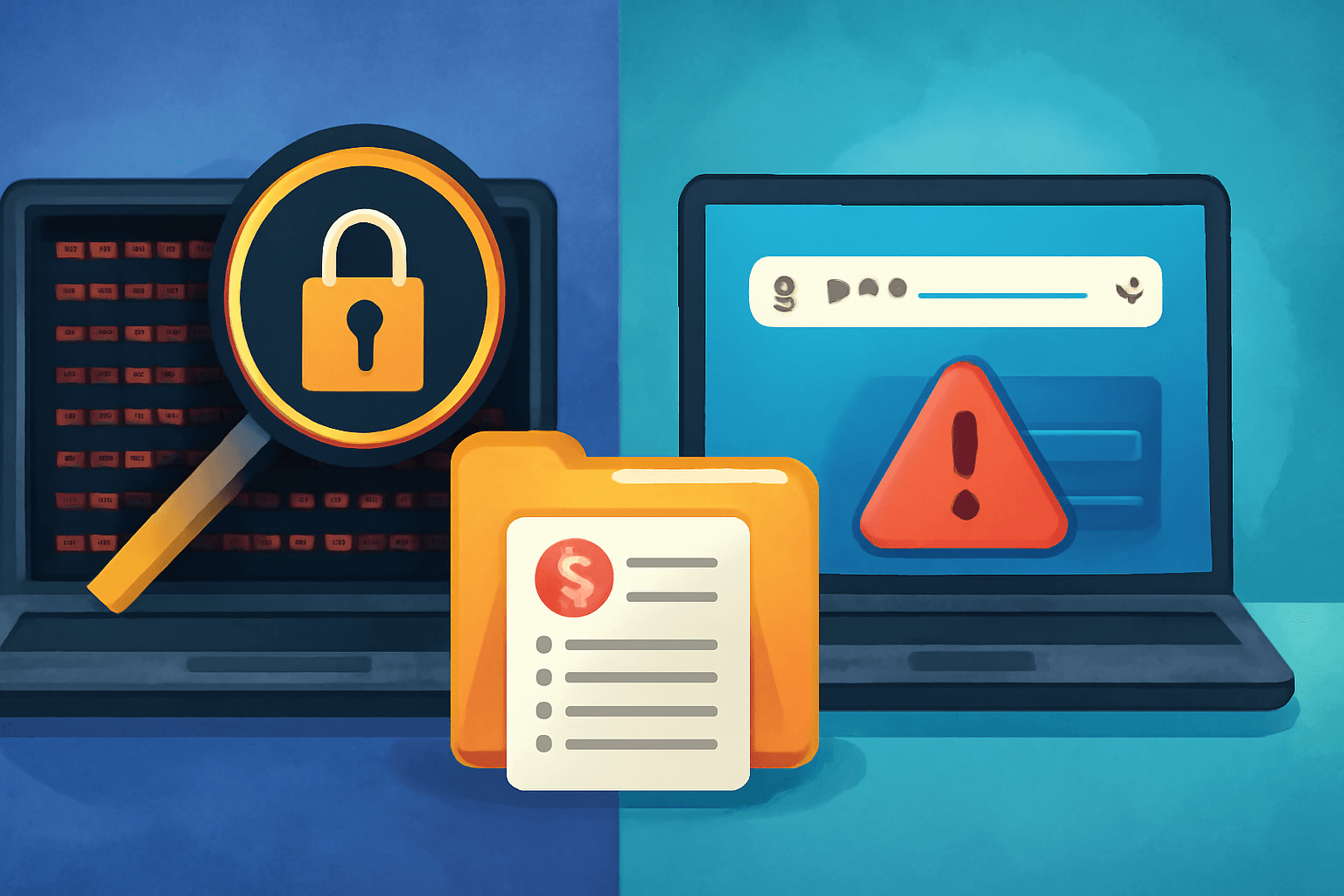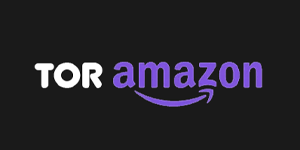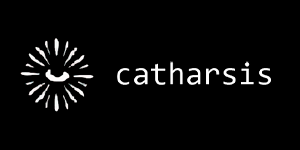Last Updated on May 14, 2025 by DarkNet
In an era where digital footprints grow exponentially, safeguarding personal information is more critical than ever. Every day, millions of people unknowingly fall victim to data breaches—events that expose sensitive details like passwords, emails, and financial records to cybercriminals. The question isn’t whether your data has been compromised, but how quickly and effectively you can discover and address these vulnerabilities. Two prominent tools have emerged to assist users in this digital battle: Dark Web Scan, which scours the hidden corners of the internet for stolen data, and Have I Been Pwned, a user-friendly platform that instantly checks if your accounts have appeared in known breaches. This article explores these powerful services, comparing their features and effectiveness, to help you reclaim control over your personal cybersecurity.
What Are Dark Web Scan and Have I Been Pwned?
Dark Web Scan: Monitoring the Hidden Internet
Dark Web Scan is a cybersecurity service designed to proactively search the dark web—a hidden section of the internet not accessible through regular search engines—for compromised personal data. It operates by continuously monitoring forums, marketplaces, and databases frequented by cybercriminals who trade stolen information, such as login credentials, financial records, and personal details. When the service detects your data in these illicit channels, it immediately alerts you, providing guidance on steps to mitigate potential harm.
Key features of Dark Web Scan include real-time alerts, detailed reports of detected breaches, and personalized recommendations for securing your online identity. It also offers continuous monitoring, meaning you don’t need to regularly check manually; instead, you’re informed promptly whenever suspicious activity is identified.
Its primary audience consists of individuals and businesses that handle sensitive information regularly and require advanced protection to stay ahead of cyber threats.
Have I Been Pwned: Checking Public Data Leaks
Have I Been Pwned (HIBP), created by cybersecurity expert Troy Hunt, is a straightforward, user-friendly online tool designed to check if your email addresses or passwords have appeared in publicly known data breaches. Users simply enter their email address or phone number into the platform, and HIBP cross-references it against a regularly updated database of compromised accounts.
Its main features include instant results, notification services for future breaches, and detailed explanations of how breaches occurred. Have I Been Pwned primarily appeals to the general public, aiming to educate everyday internet users about their personal security and help them quickly identify and respond to potential breaches.
Data Coverage and Search Methods
When comparing Dark Web Scan and Have I Been Pwned, significant differences emerge in terms of data coverage and collection methods.
Dark Web Scan actively explores hidden and less accessible parts of the internet, specifically targeting illicit marketplaces, closed forums, hacker chat rooms, and encrypted messaging platforms. It utilizes advanced scraping technologies and automated bots to systematically search for exposed personal data, including email addresses, passwords, financial information, Social Security numbers, and medical records. The databases powering Dark Web Scan are updated continuously, providing near-real-time monitoring and rapid alerts whenever personal information surfaces in these hidden channels. Because of its targeted approach and comprehensive surveillance, it can quickly identify breaches even before they become widely known publicly.
In contrast, Have I Been Pwned (HIBP) primarily focuses on publicly disclosed data breaches. It aggregates information from breaches that have already been identified, verified, and publicly reported by security researchers or companies. HIBP gathers its data from sources such as security forums, publicly released breach datasets, and direct submissions by breach discoverers. Its database is updated regularly, often within days of new breach announcements. However, it does not actively search hidden forums or marketplaces. Instead, HIBP’s strength lies in maintaining an extensive, reliable repository of historical breach data, offering users quick checks against known incidents.
Ultimately, while HIBP is effective for general monitoring of known breaches, Dark Web Scan offers a more proactive approach by exploring deeper, potentially riskier sources.
User-Friendliness and Accessibility
In terms of user-friendliness, Have I Been Pwned (HIBP) offers a straightforward, highly intuitive interface designed with everyday users in mind. To check their data, users simply enter their email address or phone number into a clearly marked search bar, receiving instant results detailing any associated breaches. The platform’s design is clean and minimalistic, making it accessible even for individuals with limited technical knowledge. One limitation, however, is that users must proactively check their information or subscribe manually for future alerts.
On the other hand, Dark Web Scan typically provides a more advanced, subscription-based interface, emphasizing continuous monitoring and real-time notifications. It delivers comprehensive reports detailing breach specifics and recommended actions, which is valuable for technically inclined users or businesses seeking detailed security insights. However, this wealth of information may appear complex or overwhelming to casual users unfamiliar with cybersecurity terminology. Additionally, the requirement for ongoing subscriptions or membership might limit accessibility for some users.
In essence, HIBP excels in simplicity and immediate accessibility, whereas Dark Web Scan prioritizes depth and continuous protection, which may appeal more to proactive or professional audiences.
Pricing and Availability
Have I Been Pwned (HIBP) is widely accessible and primarily free to use. Individuals can check if their email or phone number has appeared in a breach at no cost. HIBP also offers a free notification service for future breaches. For more advanced features—such as domain monitoring and API access—HIBP provides a tiered pricing model aimed at businesses and developers. These premium features allow organizations to monitor large sets of email addresses and integrate breach detection into their systems.
Dark Web Scan, on the other hand, is typically offered through commercial cybersecurity providers, either as a standalone subscription or as part of broader identity protection packages. While some providers offer limited free scans or trial versions, full functionality—such as continuous dark web monitoring, detailed breach reports, and identity restoration services—usually requires a paid subscription. Pricing varies depending on the provider and scope of coverage, often billed monthly or annually.
In summary, HIBP offers an excellent free option for casual users, with optional paid upgrades for professionals. Dark Web Scan tends to be a premium service, with comprehensive features that come at a higher cost, tailored more for users seeking in-depth protection and ongoing surveillance.
Real-Life Examples of Data Leak Discoveries
Dark Web Scan: Identity Theft Prevention in Action
In 2022, a small law firm in Chicago subscribed to a Dark Web Scan service after a surge in phishing attempts targeting employee emails. Within weeks, the scan detected compromised credentials linked to the firm’s internal email system circulating on a dark web forum. The stolen data included usernames, hashed passwords, and confidential case references—likely obtained through a previous, undetected malware attack.
Upon receiving the alert, the firm’s IT team immediately initiated a full password reset across all accounts, implemented multi-factor authentication (MFA), and contacted affected clients with transparent disclosures. They also engaged a cybersecurity consultant to trace the breach’s origin and patch vulnerabilities. Thanks to the early detection, the firm prevented a potential breach of attorney–client privilege and avoided significant legal liability.
Have I Been Pwned: Public Breach Awareness
In a more public case, in 2020, users of the online graphic design platform Canva were stunned to learn of a data breach affecting over 130 million accounts. Shortly after the breach was disclosed, Have I Been Pwned (HIBP) added the compromised data to its database. Thousands of users searched their email addresses and confirmed their inclusion in the breach.
Many users immediately changed their Canva passwords and updated credentials on other services where they had reused the same password. HIBP’s instant verification and simple alert system helped users act swiftly, minimizing further damage and reinforcing the importance of unique, strong passwords.
Alternatives and Competitor Analysis
While Dark Web Scan and Have I Been Pwned are among the most recognized tools for breach detection, several other services offer similar protection with distinct advantages. Two notable alternatives are IdentityForce and Firefox Monitor.
IdentityForce, a premium identity protection platform owned by TransUnion, offers comprehensive monitoring of the dark web, financial accounts, credit reports, and even court records. It excels in breadth and depth, providing real-time alerts, fraud resolution support, and insurance for identity theft incidents. However, this robust protection comes at a higher price point—subscriptions typically start around $17.95 per month, which may be less accessible for casual users. It’s best suited for individuals seeking full-spectrum identity protection or businesses managing sensitive data.
Firefox Monitor, on the other hand, is a free service developed by Mozilla and powered by Have I Been Pwned’s database. It allows users to quickly check if their email has been involved in a known breach and offers optional alerts for future exposures. Its simple interface and direct integration with the Firefox browser make it highly accessible and ideal for non-technical users. However, its capabilities are limited to public breach data and lack the depth of dark web scanning or real-time detection.
In comparison, IdentityForce rivals Dark Web Scan in depth and support, while Firefox Monitor competes with HIBP on simplicity and cost—but with fewer customization and data sources.
Risks and Security Recommendations
While services like Dark Web Scan and Have I Been Pwned (HIBP) offer valuable insights into potential data exposure, they are not without risks. One major concern is privacy—users must provide sensitive information, such as email addresses or phone numbers, to conduct scans. If these platforms are compromised or mishandled, this information could be exposed or misused. Additionally, false positives may occur, where users are alerted about breaches unrelated to their accounts, potentially causing unnecessary stress or actions.
Another risk involves overreliance on monitoring tools. These services alert users after a breach has occurred; they do not prevent the breach itself. Users who depend solely on these tools may neglect proactive security measures.
To minimize these risks and strengthen personal data protection, consider the following recommendations:
-
Use strong, unique passwords for every account, and update them regularly.
-
Enable multi-factor authentication (MFA) wherever possible to add an extra layer of security.
-
Avoid sharing personal data unnecessarily with online services and apps.
-
Verify the legitimacy of breach alerts before acting—cross-reference alerts with official sources.
-
Monitor financial accounts and credit reports regularly to detect signs of identity theft early.
-
Use a reputable password manager to organize and protect login credentials securely.
By combining breach monitoring tools with strong cybersecurity habits, users can significantly reduce their exposure and respond more effectively to emerging threats.
Conclusion
In a world where data breaches are no longer a question of if but when, regularly checking for leaked personal information is a crucial step toward digital self-defense. Have I Been Pwned is ideal for everyday users seeking a free, simple way to stay informed about public data breaches, while Dark Web Scan offers deeper, continuous monitoring for individuals and organizations needing more robust, proactive protection.
Whichever path you choose, the key is action. Don’t wait for identity theft or account compromise to sound the alarm. Take control now—scan your data, strengthen your security practices, and stay ahead of cybercriminals. Your online safety starts with awareness.













